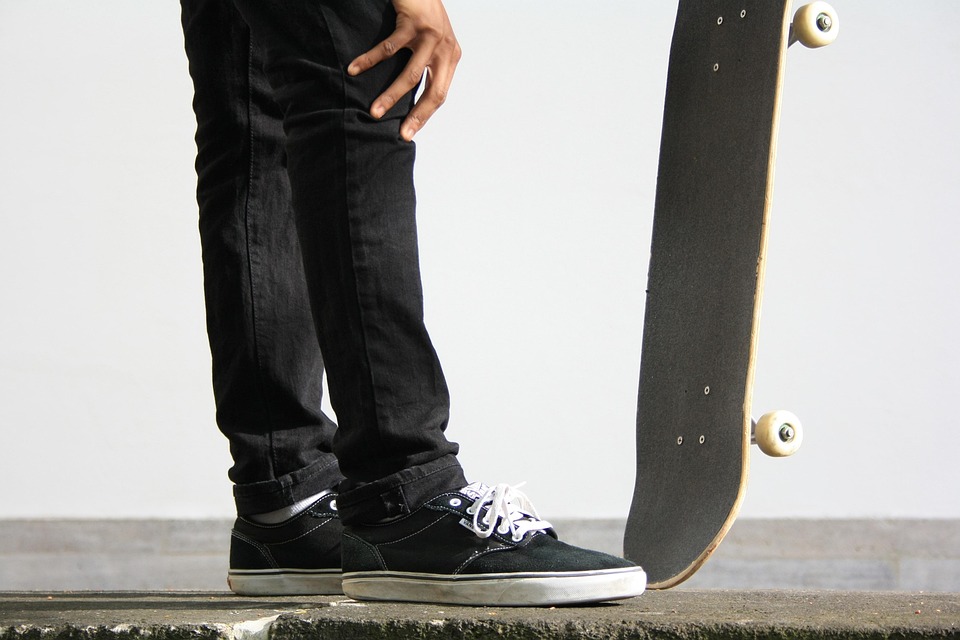Skateboarding, once considered merely a pastime for rebellious youth, has transcended its roots to become a significant cultural phenomenon. Its influence stretches beyond just athleticism, inspiring movements in both art and music. From the vibrant graphics on skateboard decks to the pounding rhythms of punk rock, skateboarding has carved a niche in the creative realms of society.
Origins of Skateboarding Culture
Emerging in the late 1940s in California, skateboarding began as a way for surfers to "ride" the streets during flat-surf days. As the sport evolved through the 1960s and 70s, so did its culture. The subcultures that surrounded skateboarding began to flourish, giving birth to a unique form of expression that embraced individuality and rebellion.
Skateboarding and Visual Art
One of the most iconic aspects of skateboarding culture is its visual representation. The art on skateboard decks has become a canvas for artists and brands to showcase their creativity. Iconic figures such as Ed “Big Daddy” Roth and later artists like Shepard Fairey have blurred the lines between graphic design and street art. The launch of companies like Santa Cruz Skateboards and Powell Peralta brought attention to graphic styles ranging from cartoonish illustrations to radical and abstract designs, effectively creating a new art movement.
Street Art and Skateboarding
The connection between skateboarding and street art is particularly noteworthy. Cities around the world have become galleries for skateboarders and graffiti artists alike. The streets, parks, and abandoned buildings serve as backdrops for both skaters and street artists, creating a symbiotic relationship. The act of skating often overlaps with urban art, where the aesthetics of skateboarding merge with expressive graffiti, leading to collaborations that redefine public spaces.
Skateboarding in Music
Just as skate art emerged, so too did a distinctive sound evolve alongside skating culture. The late 1970s and 1980s saw the rise of punk rock, closely associated with skateboarders. Bands like the Dead Kennedys, Black Flag, and the Misfits became anthems for a generation of skaters. Their music encapsulated the anti-establishment sentiments shared by the skating community, emphasizing freedom and rebellion—the very essence of skateboarding.
Music Videos and Skate Culture
In the 1990s and early 2000s, skate culture permeated mainstream music media. Music videos featuring skateboarders showcased their tricks and urban landscapes, influencing both the fashion and attitudes of youth culture. Artists like Beastie Boys, Green Day, and even mainstream pop stars began to incorporate skateboarding into their visuals, further intertwining the two spheres.
The Modern Era: A Global Influence
Today, skateboarding is a global phenomenon. From Tokyo to Berlin, the sport has inspired local art scenes, music genres, and even fashion trends. Contemporary movements like “skate and create” prompt skaters to not only focus on technical skills but to also cultivate artistic expression.
Skateboarding and Social Commentary
Art and music associated with skateboarding often explore themes of identity, social justice, and community activism. As skateboarders confront various societal issues—ranging from gentrification to mental health—artists and musicians within the community respond through their respective mediums. Programs like “SkateAid” and “Skateistan” emphasize the constructive role of skateboarding in fostering creativity, inclusion, and education, particularly among marginalized youth.
The Future: Bridging Art, Music, and Skate Culture
As the sport continues to gain traction, especially with its inclusion in the Olympics, the realms of art and music connected to skateboarding are likely to evolve even further. New technologies, like virtual and augmented reality, offer innovative platforms for artistic expression and music production, potentially paving the way for entirely new creative outlets rooted in skate culture.
Conclusion
Skateboarding’s influence on art and music is not merely an extension of youth culture—it is a powerful reflection of social dynamics, artistic expression, and community engagement. As skaters roll through cities worldwide, they leave behind more than just tire tracks; they create a legacy that intertwines creativity, rebellion, and resilience, shaping the cultural landscape for generations to come. Whether through an eye-catching deck design or a raucous punk anthem, skateboarding continues to redefine the boundaries of artistic expression and musical innovation.


